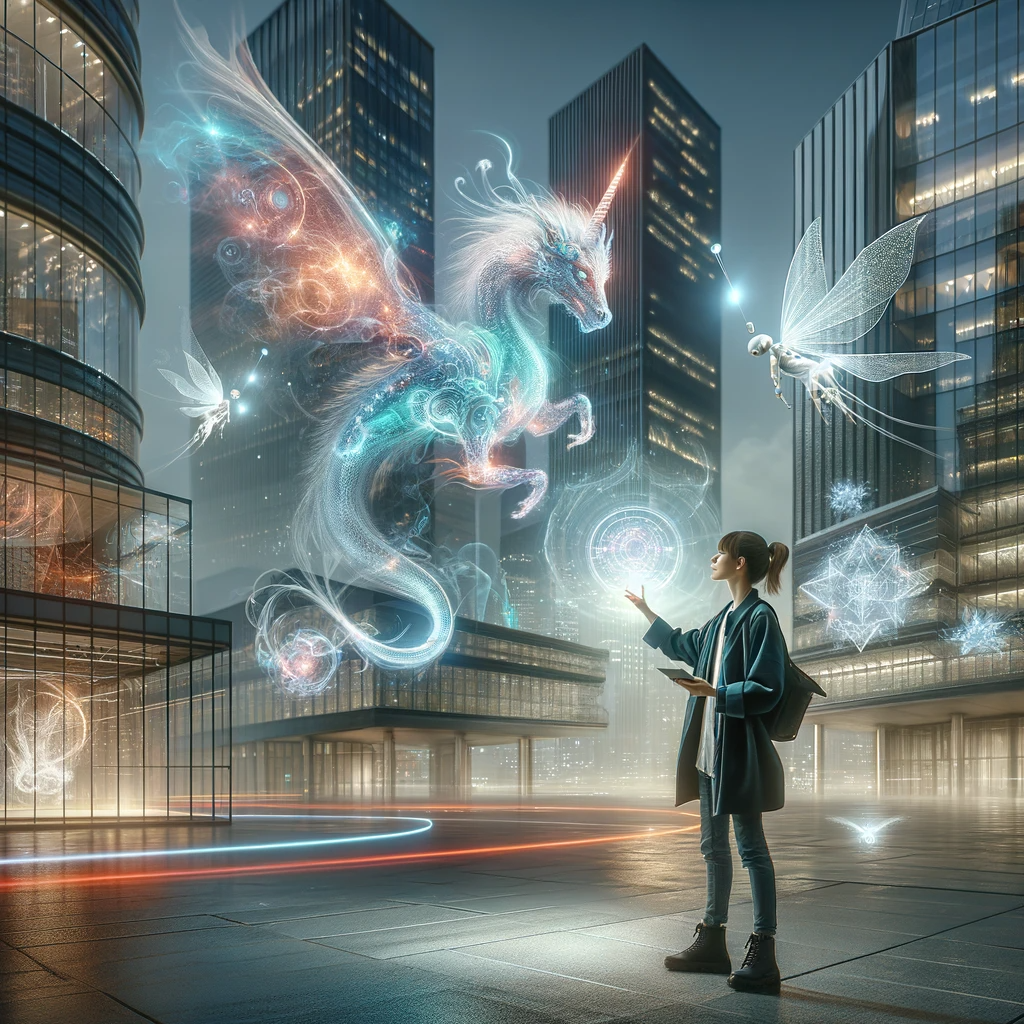Towards the end of this month, my colleague and I are gearing up to present at the Ontario Library Association Super Conference. Our session, titled “Navigating the Impact of ChatGPT on Higher Education: A Year in Review,” will explore the past year and how libraries have grappled with the increasingly popular technological trend of generative AI.
ChatGPT in instructional design
Over the past year, I’ve been actively looking for innovative ways to incorporate ChatGPT into my instructional design. A recent project of mine involved leveraging ChatGPT to create content for a Brightspace course (learning management software) dedicated to teaching NVivo to students, faculty, and staff.
My teaching philosophy places importance on creating simplified instruction—which has its roots in a story I shared in a previous blog post. Rather than diving into advanced topics when teaching the already complex NVivo software, I opted for a more accessible approach, centering the course around the more widely known characters of Snow White and the Seven Dwarfs.
In choosing this example, I wanted to involve multiple participants—Snow White, Doc, Grumpy, Happy, Sleepy, Bashful, Sneezy, and Dopey—representing diverse voices in terms of gender, age, and profession. Given that we teach NVivo to many different disciplines at the university, I wanted a topic that resonated with students without requiring immediate subject expertise.
ChatGPT prompts
Using prompts, I guided ChatGPT in generating responses.
- Write a script for a multi-person focus group between Snow White and the 7 dwarfs about the state of fairy tales today.
- Write a script for an interview with Snow White asking the following questions: 1. In your opinion, what role do fairy tales play in shaping societal values and norms? 2. How do you think modern adaptations of classic fairy tales impact the messages and lessons conveyed in the original stories? 3. What elements from classic fairy tales do you think are crucial to preserve, and which aspects can be adapted or modernized without losing their essence?
- Write an interview with Doc using the same interview questions.
- Write an interview with Grumpy using the same interview questions.
Some prompts necessitated follow-up queries, prompting longer, more natural responses and encouraging participants to engage with each other’s perspectives.

What will be covered in the modules?
Through this process, I produced a comprehensive set of documents that can serve as instructional materials for students covering various facets of NVivo, including Introduction and setting up NVivo, Importing files, Coding, Queries, and Transcription. Additionally, I employed other generative AI tools, such as ChatPDF, to quickly develop a deductive coding structure based on the interviews generated by ChatGPT.
Overall, the use of ChatGPT facilitated the creation of an impartial dataset—one I did not personally curate—which proved invaluable in enhancing the instructional experience for students.
ChatGPT generated content
Here is a list of the interviews and focus groups I had ChatGPT generate:
- Focus group with Snow White and the Seven Dwarfs (.docx) (.pdf version)
- Interview with Snow White (.docx)
- Interview with Doc (.docx)
- Interview with Grumpy (.docx)
- Traditional fairy tale image (.png)
- Modern fairy tale image (.png)
Header photo by ChatGPT

